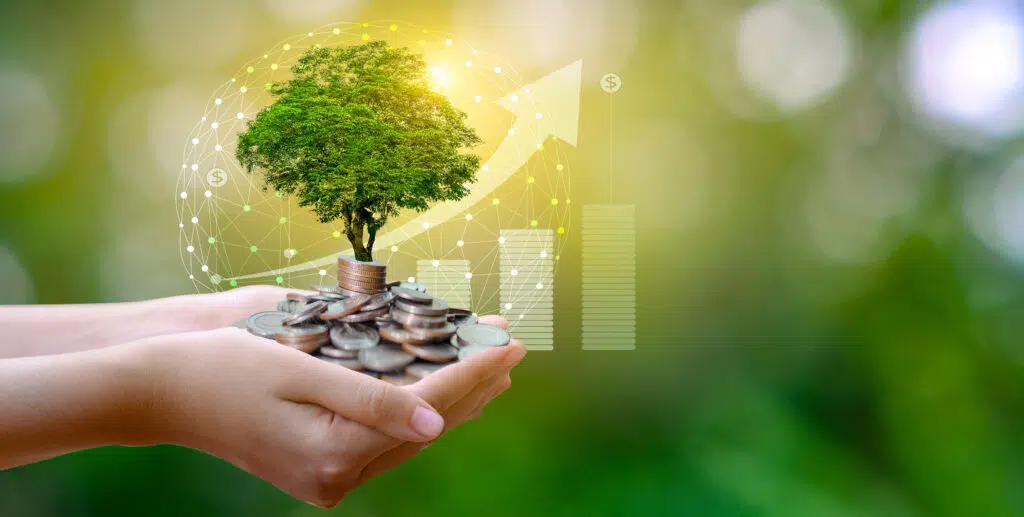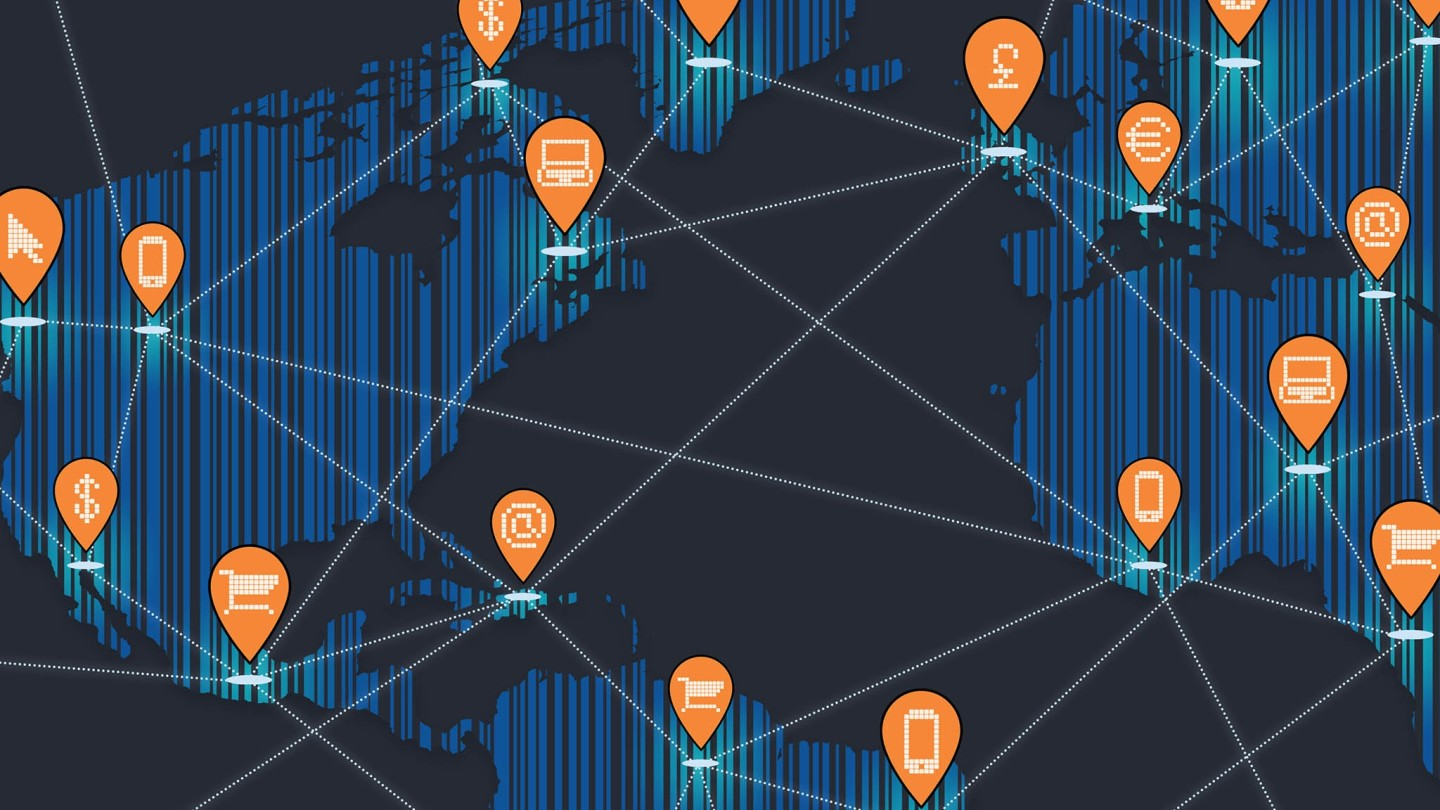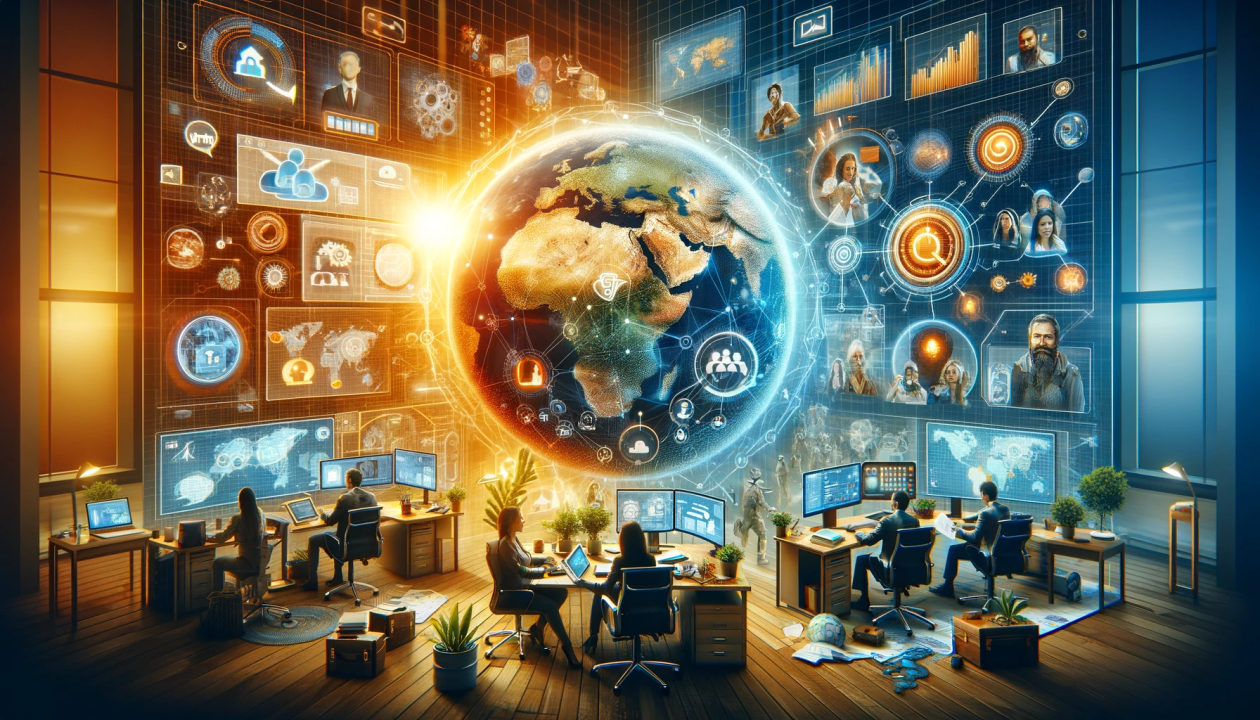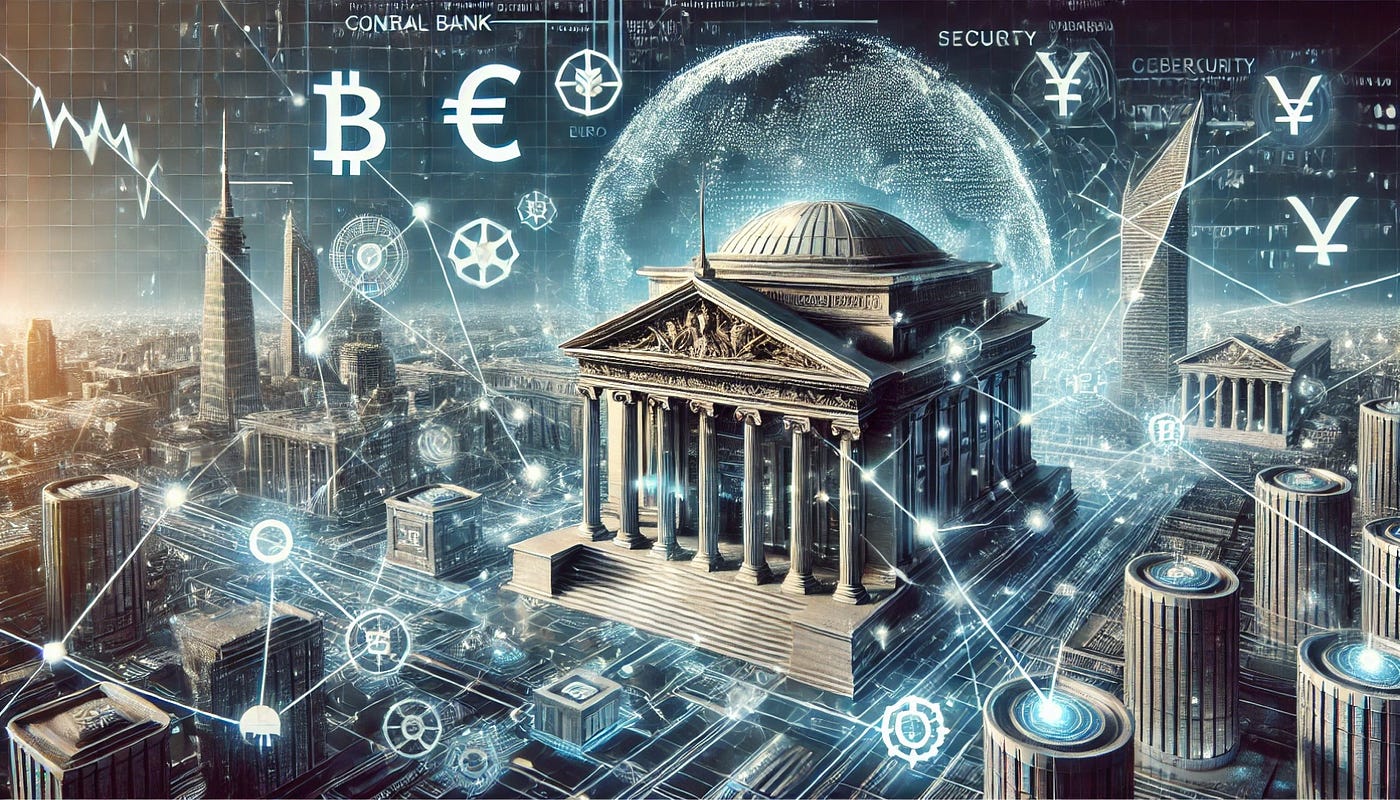Global Economic Outlook 2025: Trends, Challenges, and Opportunities in a Rapidly Evolving World
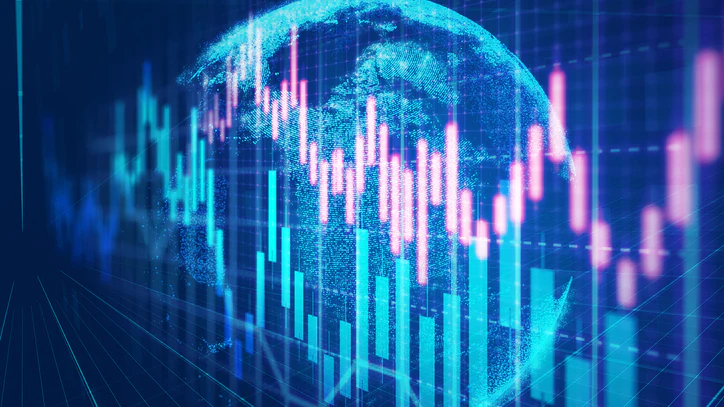
As we move deeper into the 21st century, the global economy in 2025 is characterized by rapid technological transformation, geopolitical realignments, and the aftermath of global disruptions. Economies around the world are adapting to post-pandemic realities, climate change imperatives, shifting trade patterns, and a new digital financial infrastructure. This article explores the major trends, challenges, and opportunities shaping the global economy in 2025.
1. Macroeconomic Overview: A Fragile Recovery
Following the economic shocks of the COVID-19 pandemic and the subsequent years of inflation and supply chain disruption, 2025 marks a critical point of global recovery. Growth is uneven, with advanced economies like the United States and the European Union showing moderate stability, while emerging markets are grappling with debt burdens and capital outflows.
Global GDP is forecasted to grow by around 3.1% in 2025, slightly down from 3.5% in 2024, according to the IMF. Inflation rates are slowly stabilizing, although energy prices remain volatile due to geopolitical tensions, particularly in Eastern Europe and the Middle East.
2. Key Trends Shaping the Global Economy
2.1. Digitalization of Finance
One of the most profound shifts is the digitization of money. Central Bank Digital Currencies (CBDCs) are being implemented or tested by over 100 countries. China’s digital yuan is already in use in several provinces, while the European Central Bank is piloting the digital euro. These initiatives aim to enhance transaction efficiency, improve financial inclusion, and counter the dominance of decentralized cryptocurrencies.
2.2. Decarbonization and the Green Economy
Climate change mitigation is no longer optional. Governments and businesses are heavily investing in renewable energy, electric mobility, and sustainable agriculture. The global green economy is projected to surpass $10 trillion in value by 2030. Carbon markets and green bonds are attracting massive capital flows, particularly in the European Union and North America.
2.3. Supply Chain Resilience
COVID-19 exposed the fragility of just-in-time supply chains. In 2025, companies are reshoring production, diversifying suppliers, and leveraging AI for predictive logistics. Countries like India, Vietnam, and Mexico are becoming key alternatives to China in global manufacturing.
2.4. Workforce Automation and AI
AI and robotics are transforming labor markets. While automation displaces certain jobs, it also creates demand in AI development, cybersecurity, and digital services. Economies investing in education and reskilling are better positioned to reap the benefits. The gig economy, enabled by platforms and AI, continues to expand across regions.
2.5. Geoeconomic Fragmentation
Geopolitical tensions are spilling into economic policy. The U.S.-China decoupling has led to parallel technology ecosystems and trade blocs. Countries are increasingly prioritizing economic sovereignty, investing in local production and reducing reliance on global supply chains, especially in critical sectors like semiconductors and healthcare.
3. Regional Economic Outlooks
3.1. United States
The U.S. economy is stabilizing after the inflation shock of the early 2020s. Interest rates remain relatively high to keep inflation in check, while the tech and renewable energy sectors drive growth. Labor market participation is rising, and the Biden-era infrastructure investments are beginning to show results in logistics and energy grids.
3.2. European Union
The EU is leading the charge in climate regulation and green financing. However, demographic decline and energy dependence continue to pose structural challenges. The eurozone is experiencing slow but stable growth, with stronger performance in Germany, France, and the Nordics.
3.3. China
China is navigating slower growth due to internal debt, regulatory crackdowns, and global decoupling. Yet, it remains a global leader in infrastructure, AI, and renewable energy. The Belt and Road Initiative continues to shape trade in Asia and Africa.
3.4. Emerging Markets
Emerging markets present both risk and opportunity. Countries like India, Indonesia, and Brazil are attracting investment due to young populations and digital adoption. However, external debt, food insecurity, and political instability pose headwinds in Africa and parts of Latin America.
4. Key Challenges Ahead
4.1. Inflation and Interest Rates
While inflation has cooled from its 2022 peaks, food and energy prices remain vulnerable to climate and geopolitical shocks. Central banks are maintaining cautious policies to avoid overheating while preventing recession.
4.2. Sovereign Debt Crisis
Many developing countries are at risk of default. The IMF and World Bank are urging for debt restructuring and multilateral support. Rising interest rates in the U.S. have triggered capital flight from fragile economies.
4.3. Global Inequality
The gap between rich and poor nations is widening. Access to vaccines, digital infrastructure, and capital remains uneven. There is a growing call for a more inclusive global economic governance model that addresses historical imbalances.
5. Opportunities for Growth and Innovation
5.1. Green Technology Investment
Startups and corporations investing in clean tech—such as solar, hydrogen, and carbon capture—are benefiting from both public subsidies and market demand. The global ESG investment market is expected to reach $50 trillion by 2030.
5.2. Digital Infrastructure and Inclusion
Economies that prioritize broadband access, e-governance, and fintech adoption are unlocking productivity gains. Digital banking, mobile payments, and blockchain-based identity systems are accelerating financial inclusion in Africa and Southeast Asia.
5.3. Reskilling the Workforce
Countries investing in education reform and lifelong learning are preparing citizens for AI-driven jobs. Public-private partnerships in tech education are on the rise, especially in India, Singapore, and the UAE.
Conclusion
The global economy in 2025 stands at a crossroads. While opportunities for innovation and progress abound, so too do risks of fragmentation, inequality, and instability. The nations and businesses that will thrive are those that adapt quickly, invest in resilience, and place sustainability at the core of their economic models. Navigating this complex terrain requires bold leadership, smart policy, and global cooperation.


